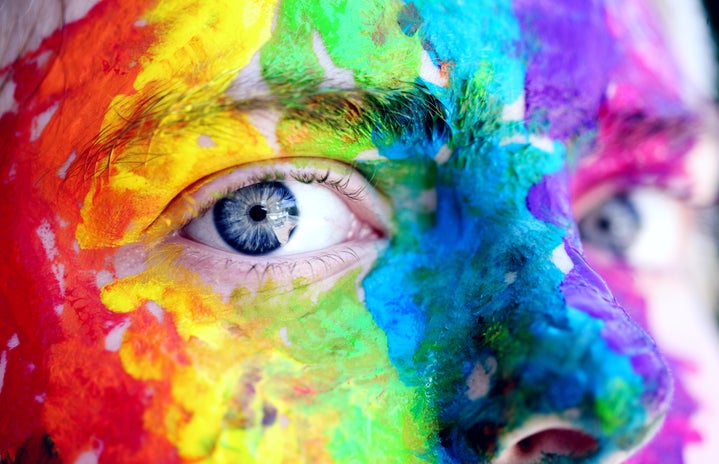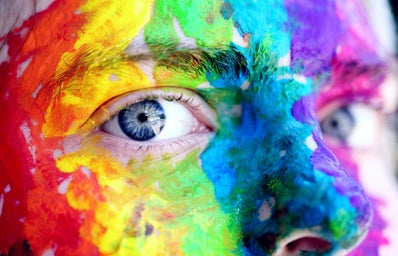More than to bring joy to the daily life, the colors have the power to set a mood, generate desire or even change our emotions and feelings. Each color has its own meaning and purpose.
It was in 1672 that Isaac Newton discovered that the light issued by the solar rays, when reflected into a polished prism, shows that it’s not pure but composed by many other colors. From this discovery, he created the “Color Wheel”, a system of colors in a circle of gradation, later improved by Johann Wolfgang von Goethe, famous german writer. Goethe was the one who saw the colors not only as a physical phenomenon, and started a research now known as the Color Psychology.
Today used in many areas, such as branding, fashion and design, the Color Psychology studies how human being’s behavior are influenced and affected towards the colors. This influence can be seen mainly in marketing and publicity, where each detail is thought to impact the consumer, in a way that the product or service gets more appealing and boosts the purchases. According to Neil Patel, considered one of the Top 100 entrepreneurs under 30 by UN, “the color represents 85% of the reason why you bought one specific product”.
The Color Psychology identifies 8 primary emotions – rage, sadness, disgust, surprise, curiosity, acceptance, joy and fear -, each one represented by one color. The warm colors tend to represent energy and enthusiasm; on the other hand, the cool colors are related to rationality, tranquility and professionalism. If you want to discover how each main color can influence your mood, check the list below!
- First, get to know what is the “Color Wheel”
-
This graphic, invented by Isaac Newton, maps the color spectrum onto a circle. It shows the gradation between all the colors that composes the light. In the list below you’ll discover what each color represents in the behavioral universe. Go check!
- Red
-
Associated to fire and blood, it represents passion, rage, intensity, seduction, dynamism. Embraced by many movements, in general left ones, such as communism, socialism, it is considered the color of justice.
- Orange
-
Between two strong colors, red and yellow, orange doesn’t usually have an important role, but it is an underestimated color. It is the color of fun and sociability. Due tue of its penetrating and intrusive aspect, it is exhaustively used by publicity, but it’s not commonly used for expensive and prestigious products, because it’s not considered a serious color.
- Yellow
-
It is an ambiguous color. It could mean optimism and youth, and jealousy and hypocrisy. More than the others, yellow can change its meaning easily when combined with other colors. Yellow is often used in food market advertising because it is considered an exciting color that can stimulate hunger.
- Green
-
It is more than a color, it’s an ideology, it represents environmental awareness, sustainability, it is the color of nature! Green is also associated with wellness and wealth. This color is related to tranquility and stability.
- Blue
-
It means harmony, balance and peace. Seen as a cold color, blue is also associated with snow and ice. It gives a feeling of open space and is commonly used to expand places. It has the power to increase the productivity and, beacuse of it, is used in many corporate environments.
- Violet
-
It is the rarest color in nature, it is the color of excess, royalty and vanity. It can have opposite meanings: when combined with certain colors, raw violet is associated with spiritualism and abstancy; when combined with red it’s related to sexual desires.
- Black
-
It is an interesting color, because when younger people think black, they imagine sophistication, power and fashion, while older people tend to associate it with darkness, death and grief. Black, when combined with other colors, bring the opposite feeling of when they are alone: red alone is passion, with black it becomes hate; yellow is optimism, with black it is selfishness. It is also associated with the forbidden and the mysterious.
- White
-
It is beginning, innocence, silence. White is associated with virginity, the color of the spirits, minimalism and experience. It can mean empty, light and the absence of emotions.
———————————
The article above was edited by Helena Cardoso.
Liked this type of content? Check Her Campus Casper Libero home page for home!



